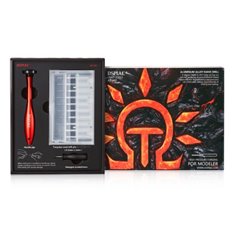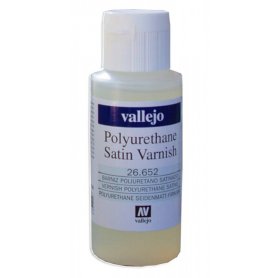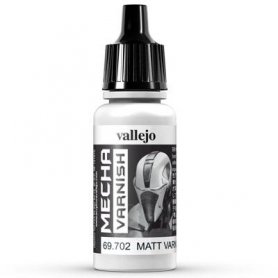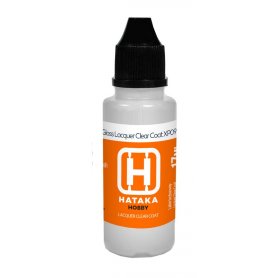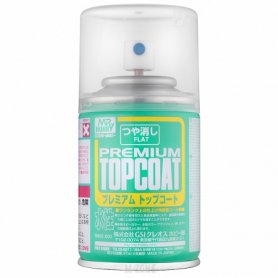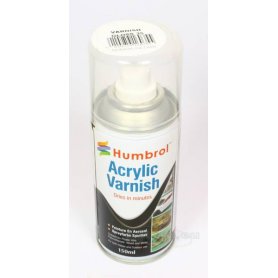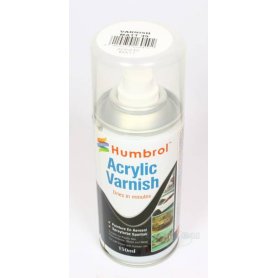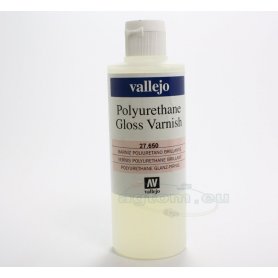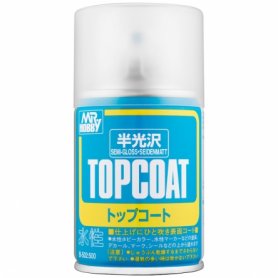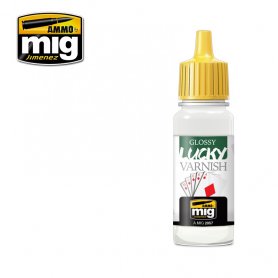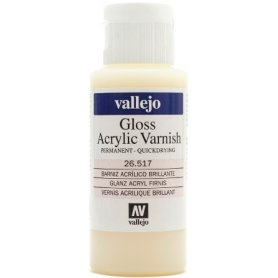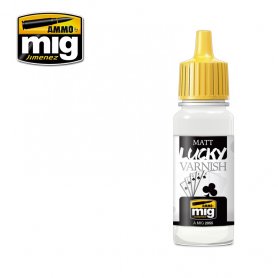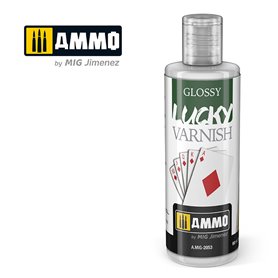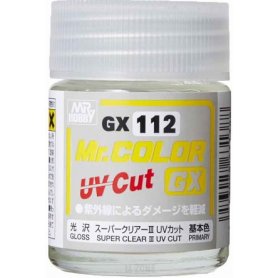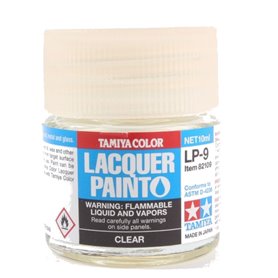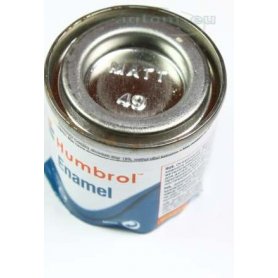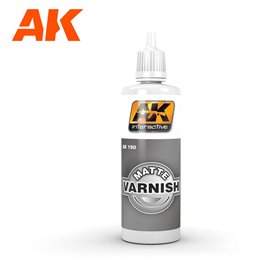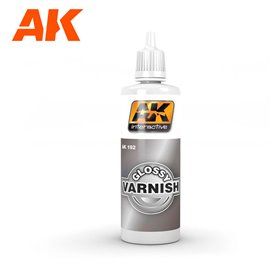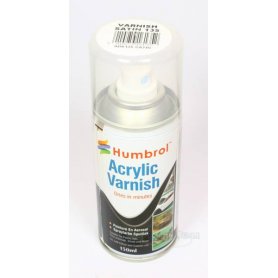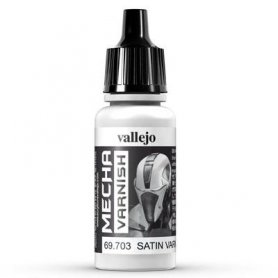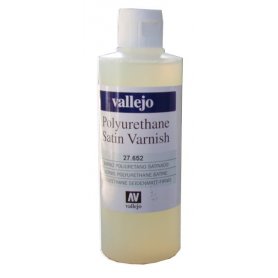A clear coat, often called a varnish, is a key product in any modeler's arsenal. Its primary purpose is to protect the finished model from mechanical damage, dust, moisture, and color fading caused by UV radiation. It serves as the final layer that not only protects but also unifies the appearance of the entire surface, giving it the desired finish. Depending on the desired effect, you can choose from three basic types of finishes: matte, semi-gloss (satin), and gloss. A properly applied clear coat also protects delicate decals, integrating them with the model's surface and preventing them from peeling off in the future.
Types and Applications of Clear Coats
The choice of the right clear coat depends on the type of model being built and the final effect. A gloss clear coat is ideal for models of civilian cars, motorcycles, or certain aircraft, giving them a shiny, factory-fresh look. It is also indispensable as a base coat for decals, as its smooth surface prevents the 'silvering' effect. Matte clear coats, on the other hand, are fundamental in armor and aircraft modeling, where a realistic, non-reflective appearance is crucial. A semi-gloss (satin) clear coat is a versatile intermediate solution that works well for many projects. It's also worth remembering that clear coats are a key step in preparing a model for weathering techniques, such as washes. A smooth layer of varnish allows for the controlled application of pigments and paints.How to Apply Clear Coat?
The best results are achieved by applying clear coat with an airbrush. This allows for a thin, even layer across the entire model's surface without the risk of runs or drips. Application by brush is also possible, especially on smaller parts or in hard-to-reach areas. Regardless of the method, it is crucial to apply several thin coats instead of one thick one. There are acrylic-based clear coats, which are less aggressive and easier to clean up, as well as lacquer or enamel types that offer greater durability. Remember to choose the appropriate thinner dedicated to the specific type of clear coat and always work in a well-ventilated area.








